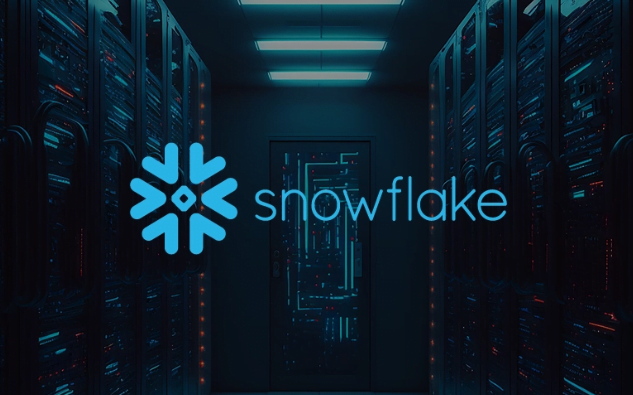Advantages of Snowflake Computing
The adoption of Snowflake Computing offers a myriad of benefits for organizations seeking to modernize their data management practices:
Improved Performance and Efficiency
Snowflake’s distributed architecture and parallel processing capabilities result in significantly improved query performance and faster time-to-insight. This translates to greater efficiency and productivity for data analysts and business users.
Cost-Effectiveness
By eliminating the need for upfront hardware investments and providing pay-as-you-go pricing models, Snowflake offers unparalleled cost-effectiveness compared to traditional data warehousing solutions. Organizations can optimize their spending by only paying for the resources they consume, reducing overall IT costs.
Simplified Data Management
Snowflake streamlines data management processes with its intuitive user interface and automated administration features. Tasks such as data loading, indexing, and optimization are simplified, allowing organizations to focus on deriving value from their data rather than managing infrastructure.
Seamless Integration with Various Data Sources
Snowflake supports seamless integration with a wide range of data sources and analytics tools, including popular BI platforms, data lakes, and ETL pipelines. This interoperability enables organizations to consolidate their data ecosystem and derive insights from diverse data sources.
Enhanced Security and Compliance
With built-in security features such as role-based access controls, data encryption, and auditing capabilities, Snowflake helps organizations maintain compliance with industry regulations and data privacy standards. This instills trust and confidence in stakeholders and reduces the risk of data breaches.
Read More: Driving Innovation and Impact | A Comprehensive Look at Cox Enterprises
Snowflake Use Cases
The versatility of Snowflake Computing lends itself to a variety of use cases across industries:
Data Warehousing and Analytics
Organizations leverage Snowflake’s data warehousing capabilities to consolidate and analyze large volumes of structured and semi-structured data. From financial analysis to customer segmentation, Snowflake empowers data-driven decision-making across the enterprise.
Data Lake Integration
Snowflake seamlessly integrates with data lakes, enabling organizations to combine structured and unstructured data for comprehensive analysis. This hybrid approach allows organizations to derive deeper insights from their data assets and uncover hidden patterns and trends.
Real-Time Data Processing and Analysis
With its scalable architecture and support for real-time data ingestion, Snowflake enables organizations to perform real-time analytics on streaming data. From monitoring IoT devices to detecting anomalies in financial transactions, Snowflake empowers organizations to act on insights in near real-time.
